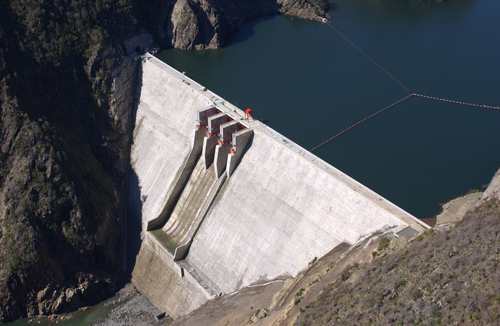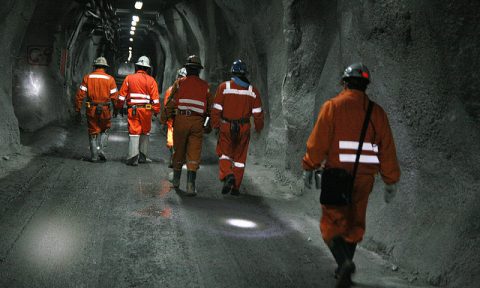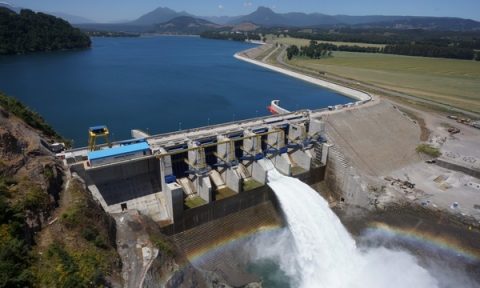Ralco and Pangue Central will return to operate and improve hydropower perspective
– Both dams were declared in “burnout” in late April, and since then ceased to provide energy to the system
– In any case, experts explain that it takes several rains for the major reservoirs return to a normal situation
After almost a month of being paralyzed by the lack of water, two major hydropower plants of the Central Interconnected System (SIC), Ralco and Pangue, they would operate, thanks to the rain storm that will affect south central of the country.
According to Endesa sources, Ralco and Pangue were declared, in late April, in “exhaustion” by CDEC-SIC (which coordinates the operation of the plants). As it was at its minimum level of excess water, they could not provide power to the system.
Together, the two plants have an installed capacity of 1,157 megawatts (MW), representing 9% of the installed capacity of 13,500 MW system.
The SIC is the largest country’s electrical system. It ranges from Taltal to Chiloe and supplies electricity to over 94% of the population.
Technical and meteorological reports handles by Endesa indicate that the rainstorm will produce about 100 mm of rainfall in areas of Biobío, Maule and Laja, which will help restore some reservoirs, affected by drought.
“The dams would be able to operate more normally than they do today,” sources say.
Product of the drought that already spans the fourth consecutive year, the contribution of hydro generation was among the lowest in history. According to the CDEC-SIC, even before the rains only 25% of the energy demand is being provided by central reservoir and passed. The remaining 75% is produced by coal-fired, gas and diesel power plants. The latter is the most expensive and polluting system.
Up to press time, the rains had raised the level of Ralco, but its reservoir was still in technical minimum, ie, unable to operate. Sources say that the reservoir to be filled requires that the water level rises about 30 meters. In any case, yesterday there was an increase in Biobío River flows.
In power, the most noteworthy is the snow began to fall on the altitude of 1200 meters in watersheds that supply reservoirs. Generators Companies executives say the snowpack is key in improving supply prospects medium term. The snow can raise spring flows. “Fallen snow good quality, solid, on the altitude of 1200 meters, and that’s good for the melting of this year,” sources say.
For Pangue, the power is in the quality of “spinning reserve” system, ie, not operating, but is able to start generating energy to the extent necessary .
In Endesa is said that Pangue is about two meters to peak accumulation of water, but is not considered among the utility plans to pour streams in the event that the maximum level is reached. In recent weeks, the center is dedicated to store water for irrigation in the area.
The rains not only will favor the operation of these plants, but will help to improve electric sector outlook for the coming months. As a result of the drought, the system operates with high costs of having to use more expensive generation plants. Thus in May so far, the marginal cost-which companies pay to buy energy in the spot market in the SIC-averaging U.S. $ 201.2 per MWh, up 21.1% from April, when it reached U.S. $ 166.1 per MWh.
Source: La Tercera












